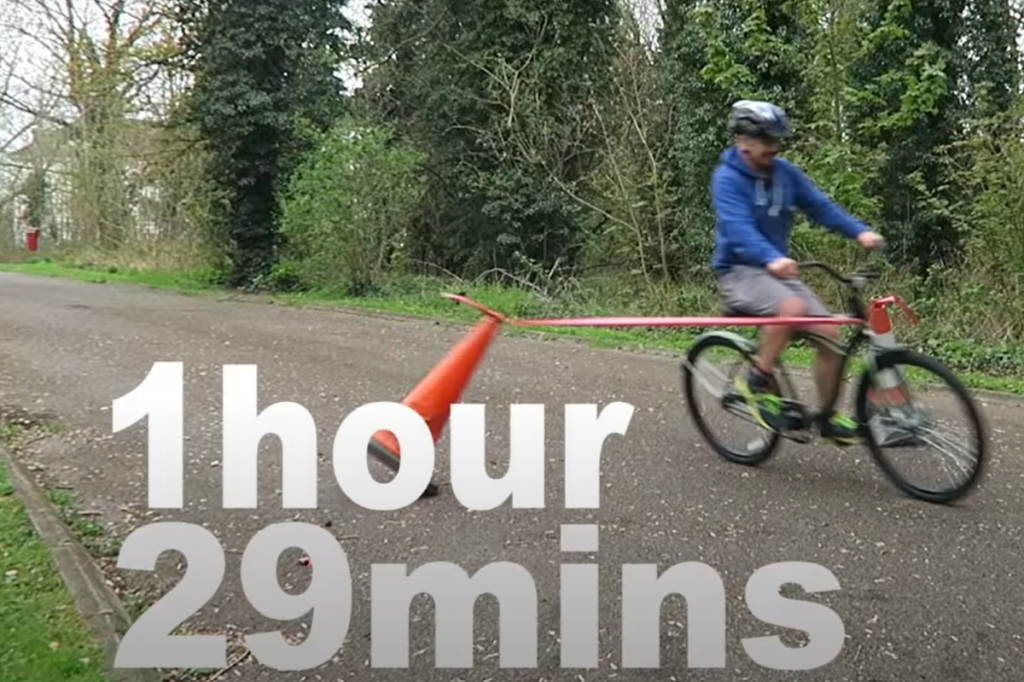Link to family finance resource
Dear Zhongjie, Haozhi, Shaafi and Guancong, I had the opportunity to review your Learning Resource. Family finance is an important topic that often lacks attention. Many of us students will spend a substantial portion of our lives working, so having a foundation of personal finance knowledge is an effective way to ensure that the time we spend working can result in rational purchase decisions such as investing in our first home or in the stock market.
My first constructive piece of advice is that images that help describe your learning activities might be beneficial to enlivening your project. This is just a suggestion, but a few (cited) stock images could go a long way. Pexelsis a site that I often use to find free online images.
(source Pexels)
It’s a great idea for your learning activities to be done on EXCEL. Although I have never used the Portfolio system myself, It seems like an accessible way to track personal finance. I imagine that there are lots of online tutorials explaining the Portfolio system online as well, in case your learners want to dive deeper into those systems. In terms of accessibility, I am wondering if EXCEL will always be accessible. Will they need to have an Office 365 account? Will they have to have a Windows computer? Alternatively, would your learners be able to use Google Sheets and generate similar results?
This resource has a great structure, and I really support the topic! The course aims to provide a diverse learning experience to a variety of users; I liked that there are multiple lessons which are available within various learning contexts, such as high school students, adults and employees. Your resource makes great use of technologies like BrightSpaces, Zoom, Excel and Pocketguard too!
Thanks for reading,
Sam Jensen.


Recent Comments